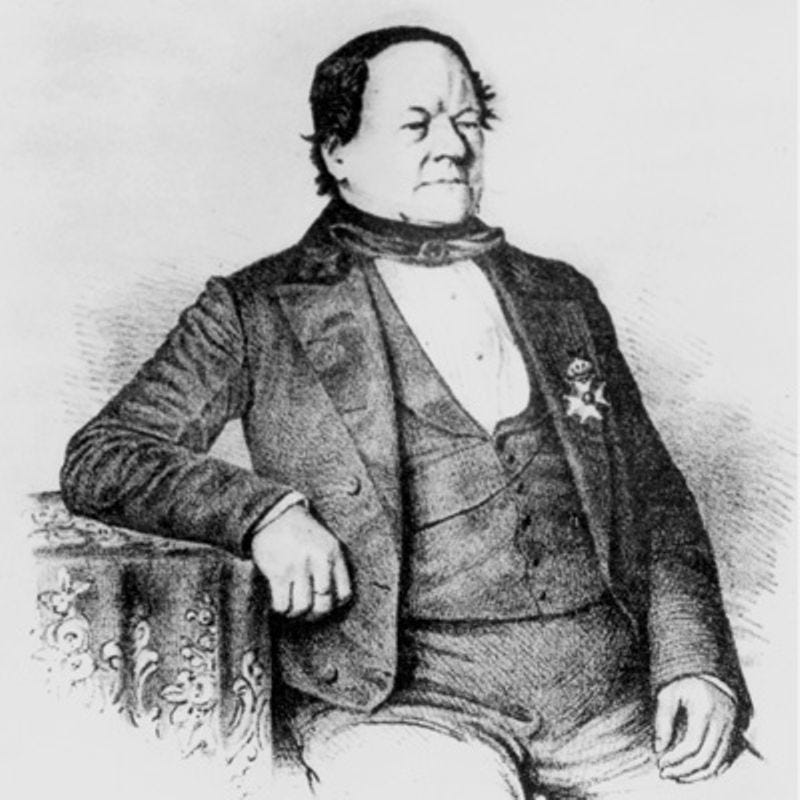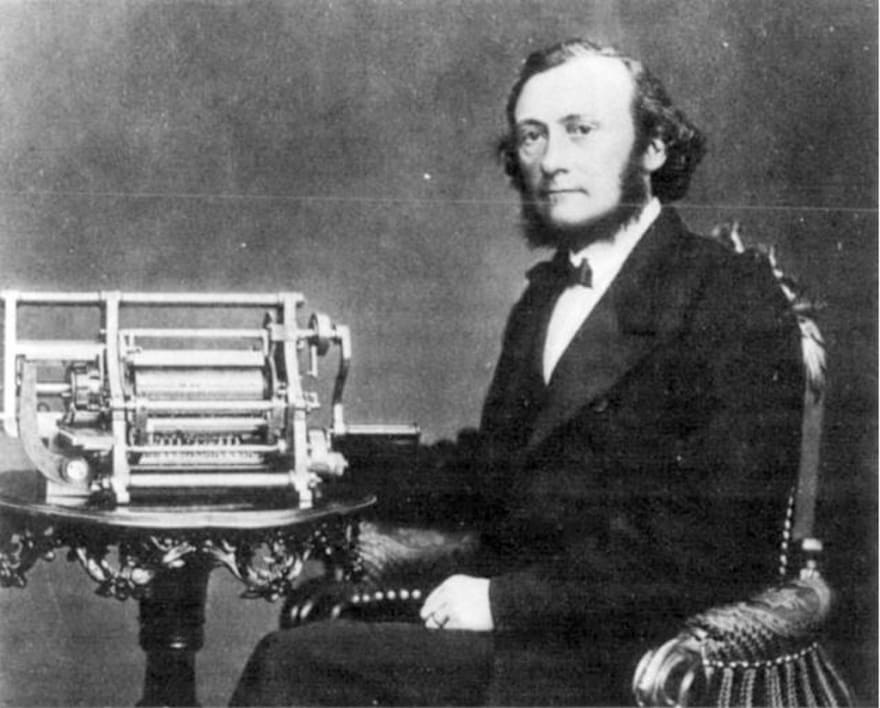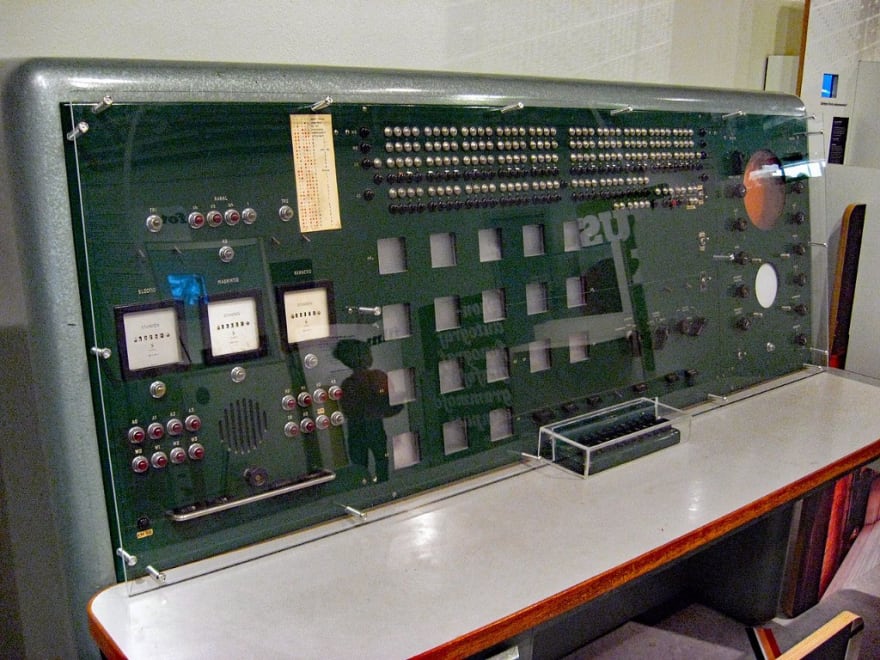Sweden isn’t a country one immediately thinks of when considering the development of computers. However, it has a rich history in the field of computing dating back to the 19th Century.
The Scheutz Family
The Georg and Edvard Scheutz father and son duo designed, built and sold the first Difference Engine which could print mathematical tables. The first version was completed in 1843 and it was based on the work of Charles Babbage. Unlike Babbage’s designs the Scheutz Difference Engine was much simpler. It had a wooden frame and only calculated three orders of difference, compared to Babbage’s proposal of seven.
They built two further engines with metal frames in 1853 and 1859. They managed to sell both of the engines but neither engine achieved the stated goal for the customers and no market for Difference Engines appeared. The Scheutz family, like Babbage, failed in their endeavour to automate the production of mathematical tables and sadly ended their lives bankrupt.
Martin Wiberg
Building on the work of Charles Babbage and the Scheutz family Martin Wiberg built a Difference Engine the size of a sewing machine in 1859–60. His engine was capable of printing mathematical tables and worked to four orders of difference. Again like his predecessors he was unable to turn his engine or the printed tables into a commercial success.
Wiberg was tragically similar to Babbage. They were both prolific inventors who found little to no commercial success. Wiberg even managed to invent a Pulse Jet Engine but nothing came of it.
BARK and BESK
Sweden’s first foray into electronic computers came after World War Two when the government realised their importance and the need to catch up. They created the Swedish Board for Computing Machinery (MMN) in 1947. The initial plan was to work with the Americans and import computer machinery. They sent engineers to study at IBM, Harvard and under John von Neumann but were unable to import any computers. So they decided to build their own.
The first computer produced was BARK which was an electromechanical computer which used telephone relays and was completed in 1950. BARK was developed by a team led by Conny Palm but was already outdated when it was finished. Engineers like Konrad Zuse had built similar machines a decade earlier. The MMN quickly moved forward and produced BESK in 1953. It was built using vacuum tubes and for a short period was the fastest computer in the World.
After BESK the MMN didn’t produce any more computers. Due to the growing adoption of computers in commercial and industrial enterprises the Government decided there was no further need for government funding. The MMN was closed down in 1963. However, BESK and many of the engineers who worked at MMN inspired the development of more computers in Sweden.
In 1956 Åtvidabergs Industrier hired 17 MMN and purchased the designs for BESK. They completed an upgraded version of BESK called FACIT EDB the following year. By 1963 FACIT EDB-3 was installed at the National Defense Radio Establishment.
Similarly, Lund University completed SMIL in 1956. The project was led by Carl-Erik Fröberg who was one of the young engineers sent to America to study in 1947. Fröberg had worked with John Von Neumann so SMIL was based on the IAS Architecture (Von Neumann Architecture). SMIL remained in operation until 1970 and in 1962 was fitted with an ALGOL 60 compiler.
Sweden has a long history of computing which this post only covers in the briefest detail. It began with some eccentric inventors in the 19th century who highlight the general interest Swedes had with machines, electronics and computers. An idea backed by the growth of the Ericsson company in the late 1800s.
Computing then exploded in the post-War period with a little help from the Swedish government, John von Neumann, American institutions and some brilliant Swedish engineers like Conny Palm and Carl-Erik Fröberg.





Top comments (0)